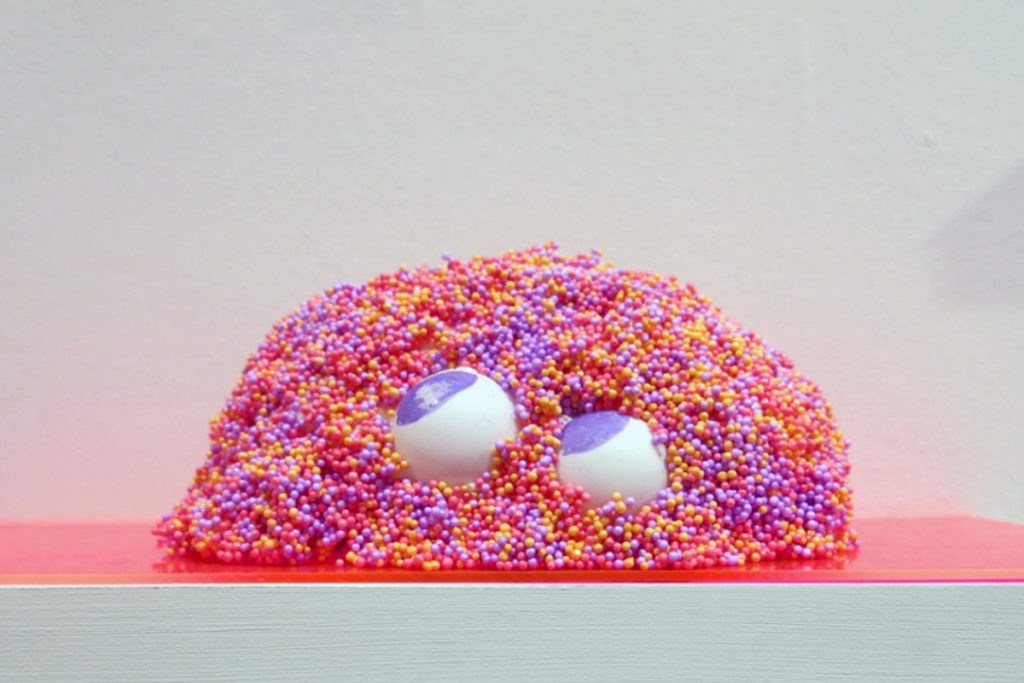London’s Now Play This Festival of Games
In its fourth year, an exhibition of physical and digital game design and artistry
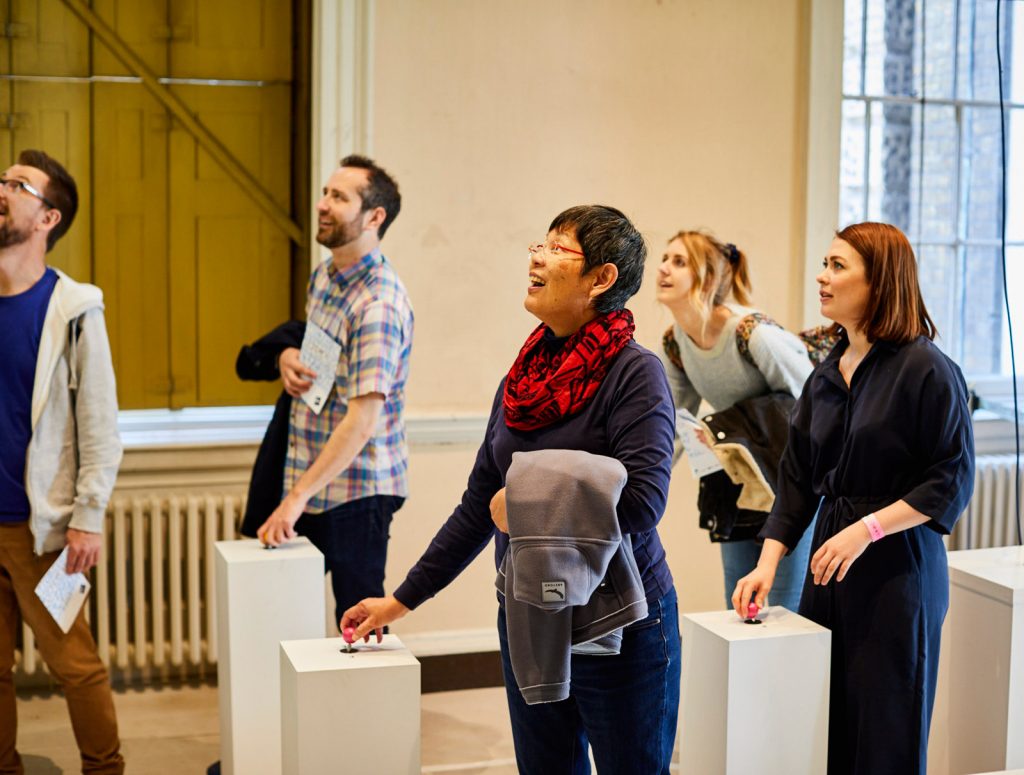
For gamers, the sense of constant discovery is one of the most pleasant aspects of playing. There’s plenty of that at Now Play This, the festival of experimental game design that takes place at Somerset House in London this weekend. The multi-faceted event looks at how artists in a variety of fields work within the context of play and game design, all with joyful results. It’s a mix of video games and physical games: new and old, thought-provoking and purely enjoyable, brutally realistic and oddly soothing.

The theme this year is how different games “can communicate or affect our understanding of a place,” Festival Director Holly Gramazio tells CH. In an increasingly divided world the festival’s theme, which lets visitors explore different countries and cultures, couldn’t feel more relevant. The idea that play can be both communicative and transformational was what inspired the organizers.
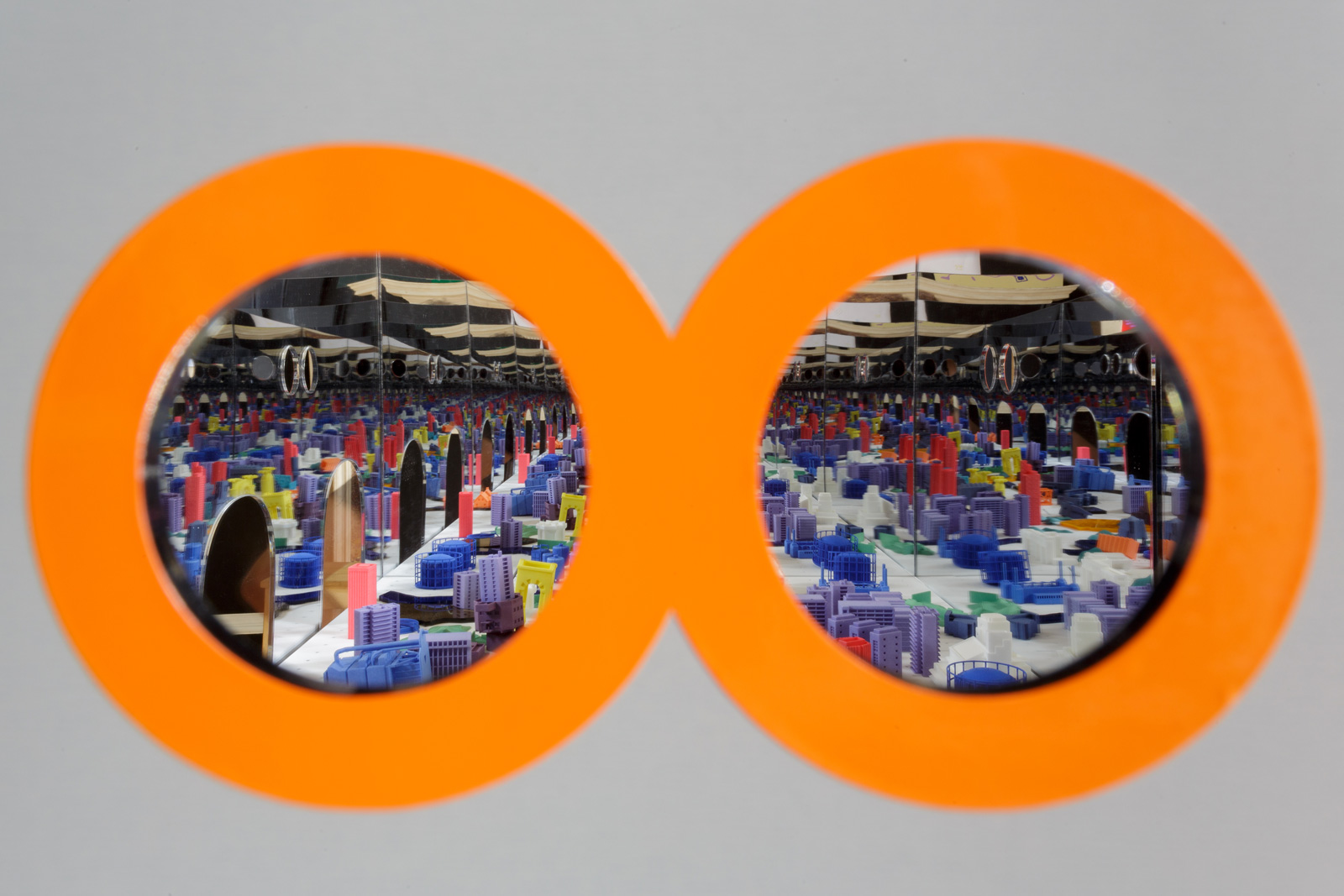
“There are a couple of really interesting sides to the relationship between games and particular places. One is: how can games communicate something about a particular space, what it feels like to be there, how it came into existence, how it’s used? How can a game tell someone far away what it feels like to sit in a particular garden, to catch a particular train? And the other is: well, whenever you play a game, you’re in a place, right? How can playing in a particular place affect your understanding of that place, your feelings about it—if you play a game in Somerset House, how is that different from playing it at home?” Gramazio says.
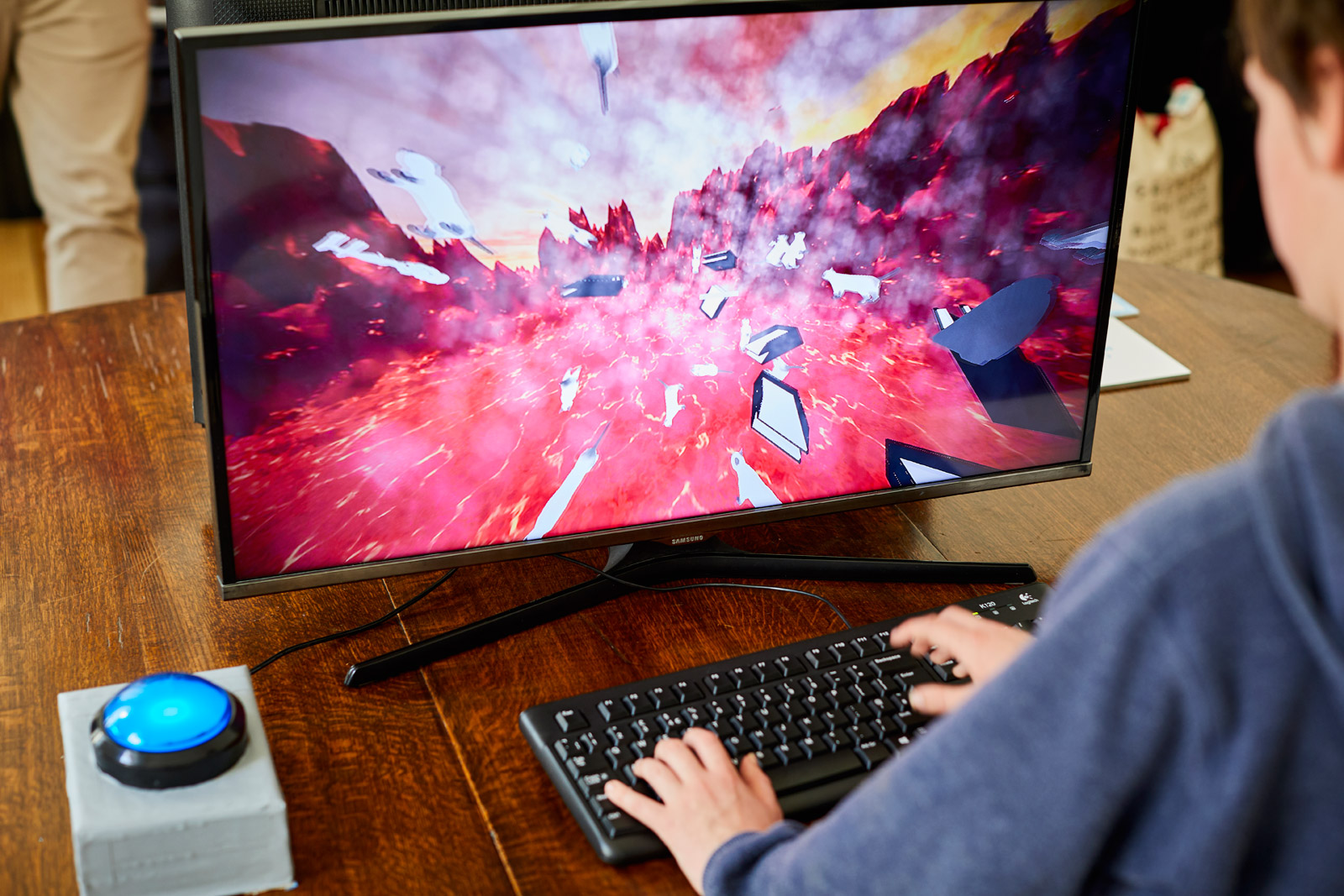
About half of the festival’s 25 or so games are digital; the rest are physical, or have some sort of physical element to them. “Digital work is often easier to find just because, well, you can play a dozen digital games in 15 minutes without leaving home, but if a physical game runs one time in an art gallery on the other side of the world, how do you even find out about it, let alone understand how it worked and whether it might fit your event?” producer Sophie Sampson contemplates.
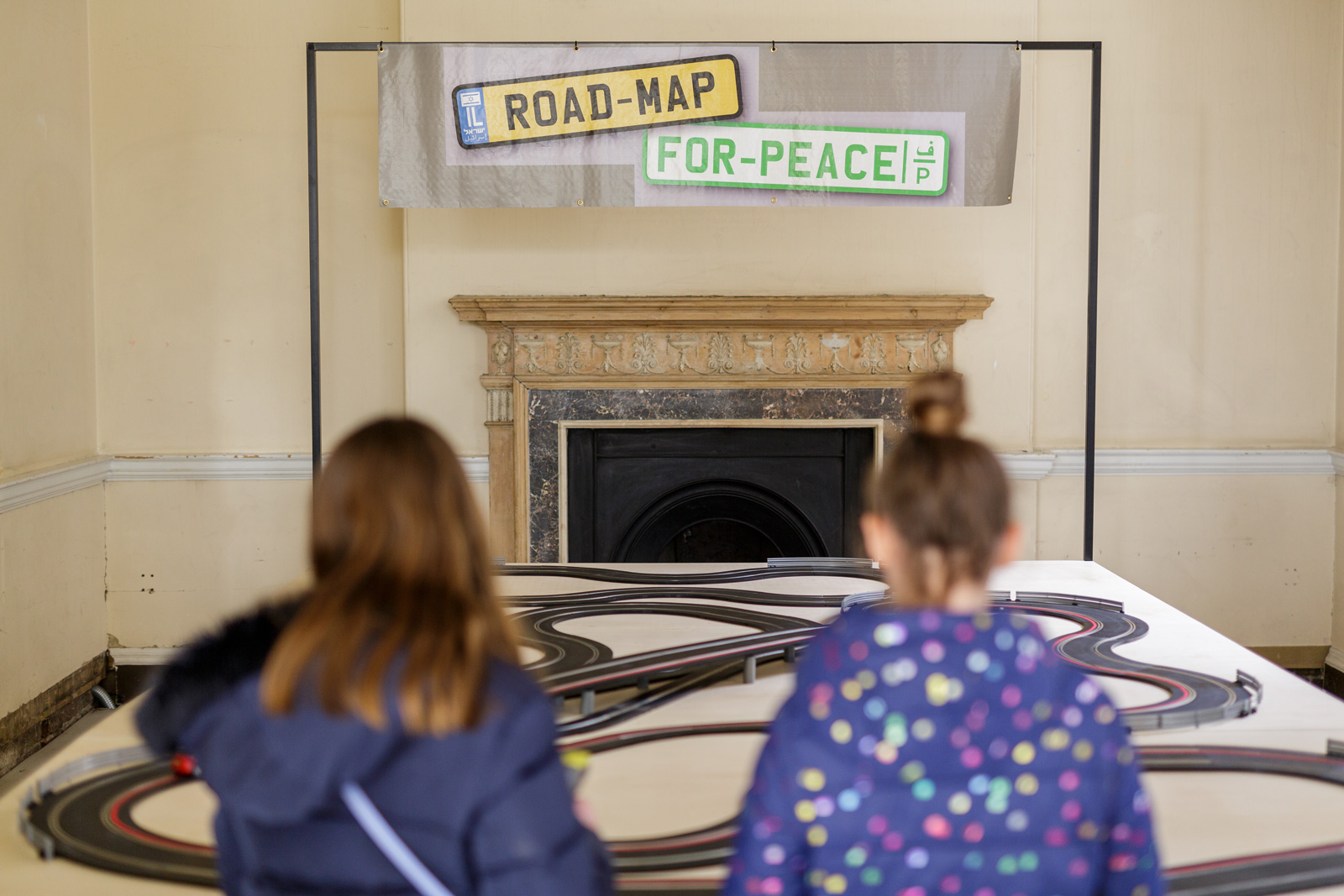
One of the physical games on display, Yara El-Sherbini’s “Roadmap for Peace,” combines the fun of playing with Scalextric cars with a challenging true to life situation: the track accurately depicts roads in Israel and Palestine, and the scenario forces the two drivers to take different roads. When we visited, the enjoyable aspect of the game won out as people happily raced their cars—but its premise stays with you.
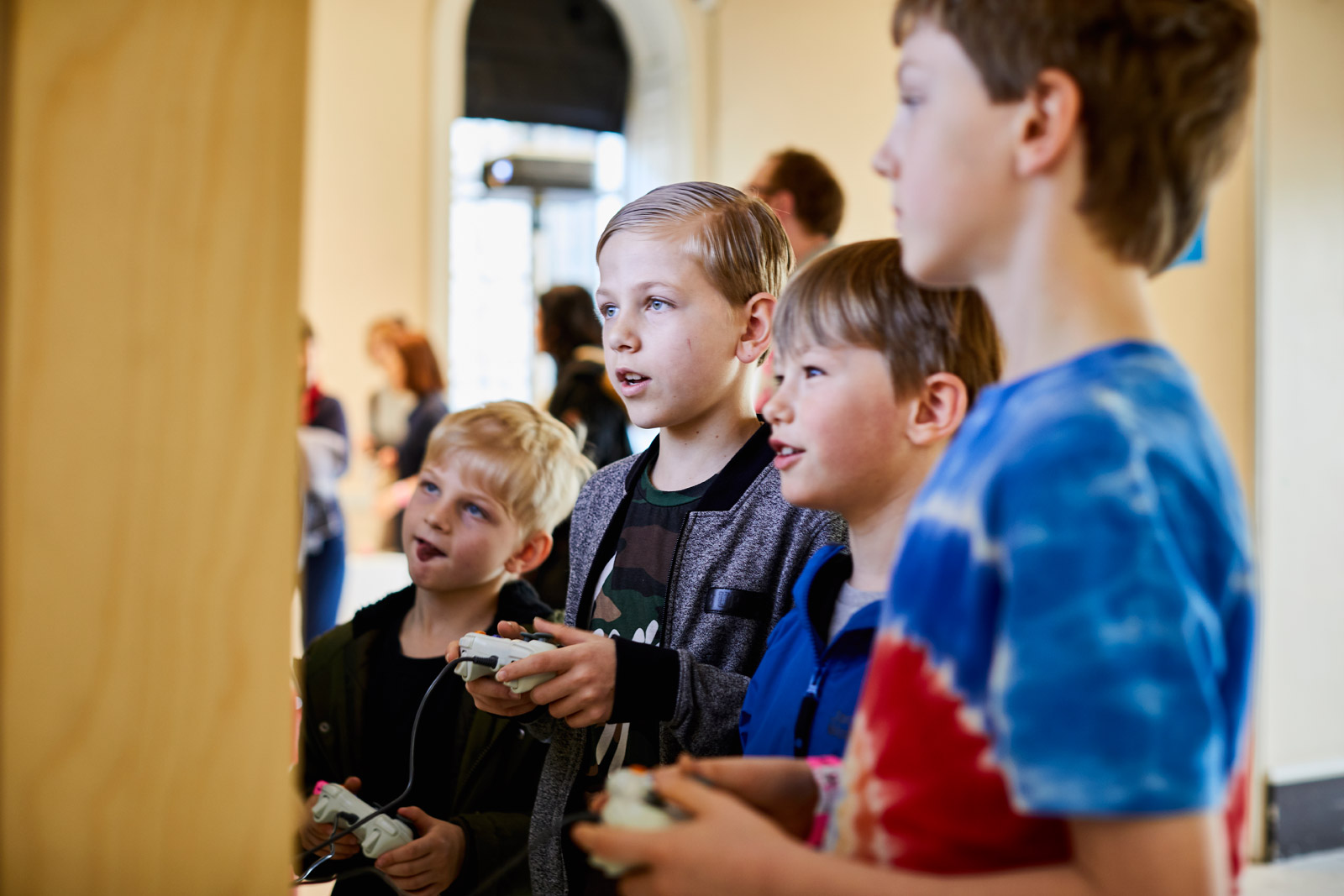
Despite the rise of video games, the organizers don’t think physical games will ever disappear. “People still want to experience things with their actual weird chemical bodies, regardless of how much Internet they’ve got in their pockets,” Sampson says. “In fact, if anything, an increasingly digitized society just makes a new kind of physical game more possible. I’m really interested in the growth of digitally-mediated physical games, where there’s a computer somewhere running things, making noises or projecting lights or whatever, but the play that takes place is between people in the physical world.”
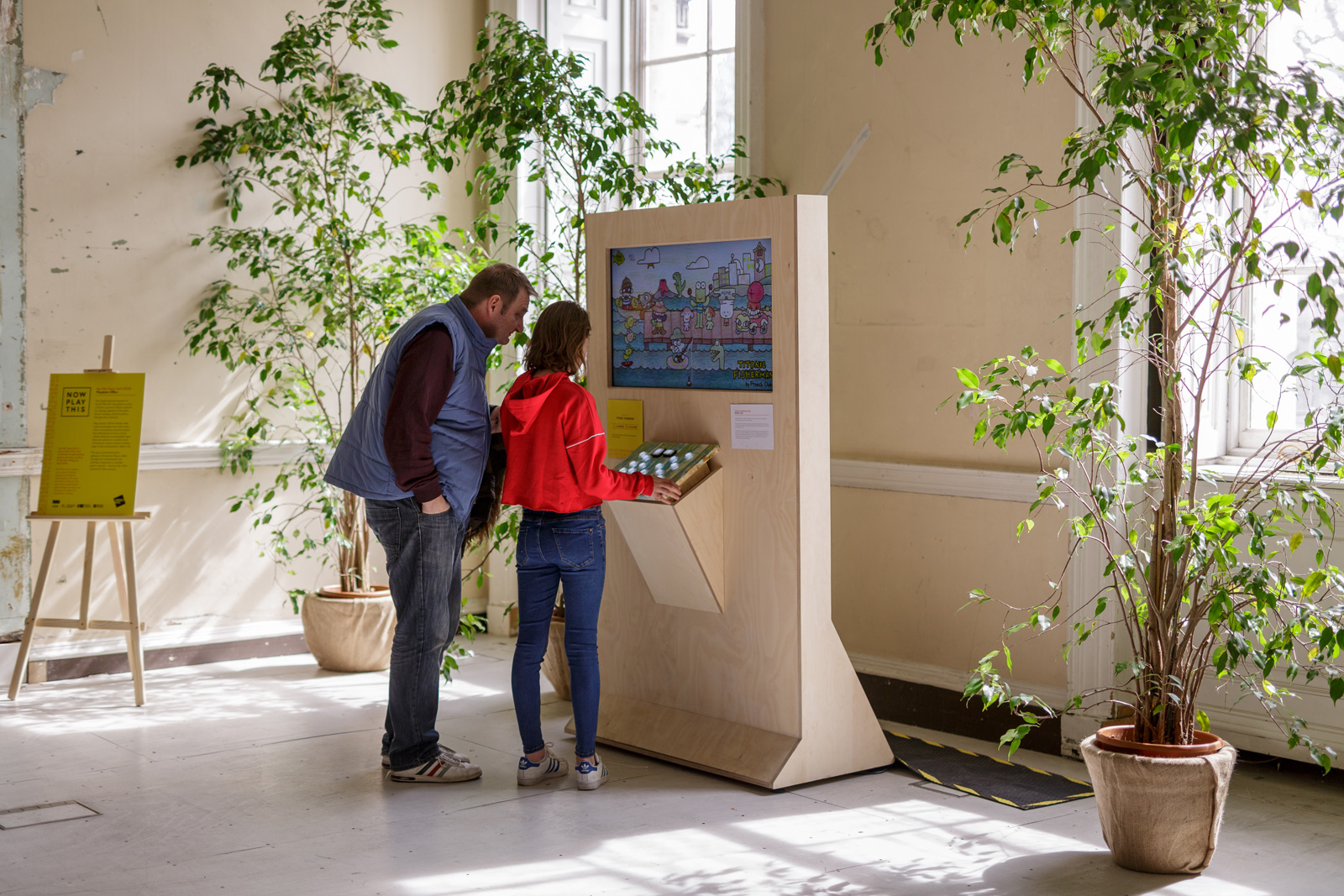
Strictly digital gaming has changed a lot in the past decade, too, as the medium has become ubiquitous enough for creators to explore games that have goals other than being entertaining. “The growing understanding that games can be personal or awkward or unwelcoming or strange, that they can be 10-second vignettes or four-hour monologues, as well as big polished works aimed at a mass audience, is really important for the medium,” Gramazio adds. “It’s becoming more and more possible for interested people to just mess around and try making a game. The idea that someone might try making a little game in an evening in the same way that they might try baking a cake and then taking it round to a friend as a gift, that’s really exciting, I think.”
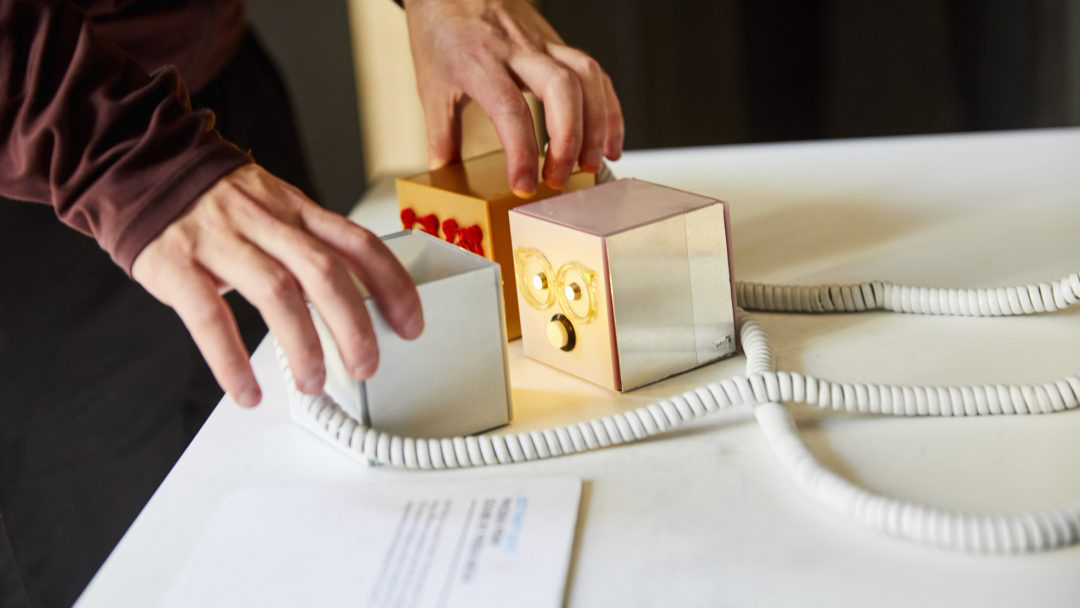
After visiting the exhibition, you do get an itch to try and create your own game. Whether it’s a thought-provoking game based on a personal experience, like Dan Hett’s “The Loss Levels,” designed after his brother Martyn died in the Manchester Arena bombing last year, or an almost meditative digital experience like the “San Andreas Deer Cam,” which simply follows a deer as it runs around the mind-blowing graphics of GTA V, the games at Now Play This make the world feel bigger and smaller all at once.
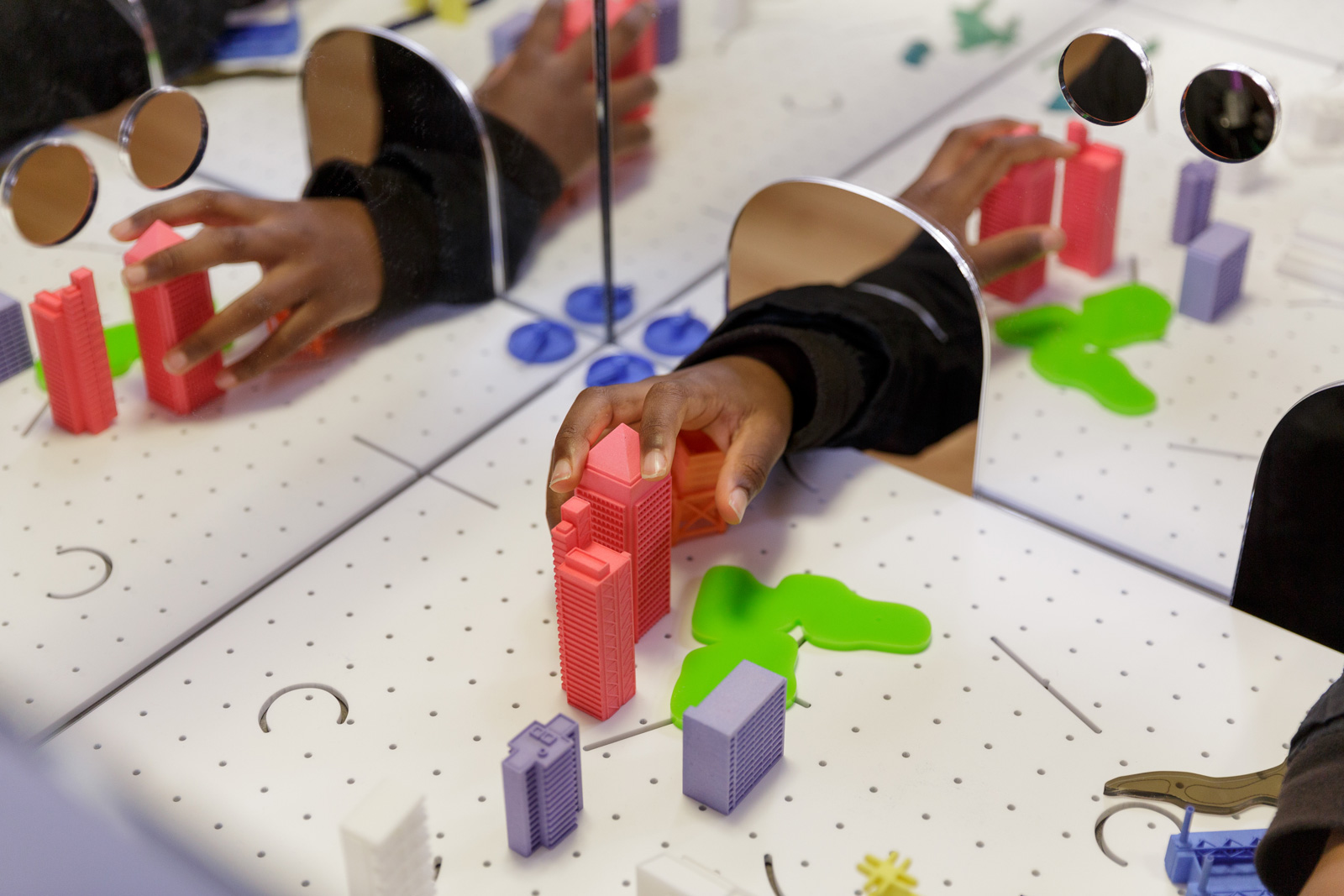
Now Play This takes place at Somerset House, London, from April 6-8. Tickets cost £8 and can be booked through the Somerset House website.
Third, fifth, seventh and ninth images by Tim Bowditch, all other images by Ben Peter Catchpole


